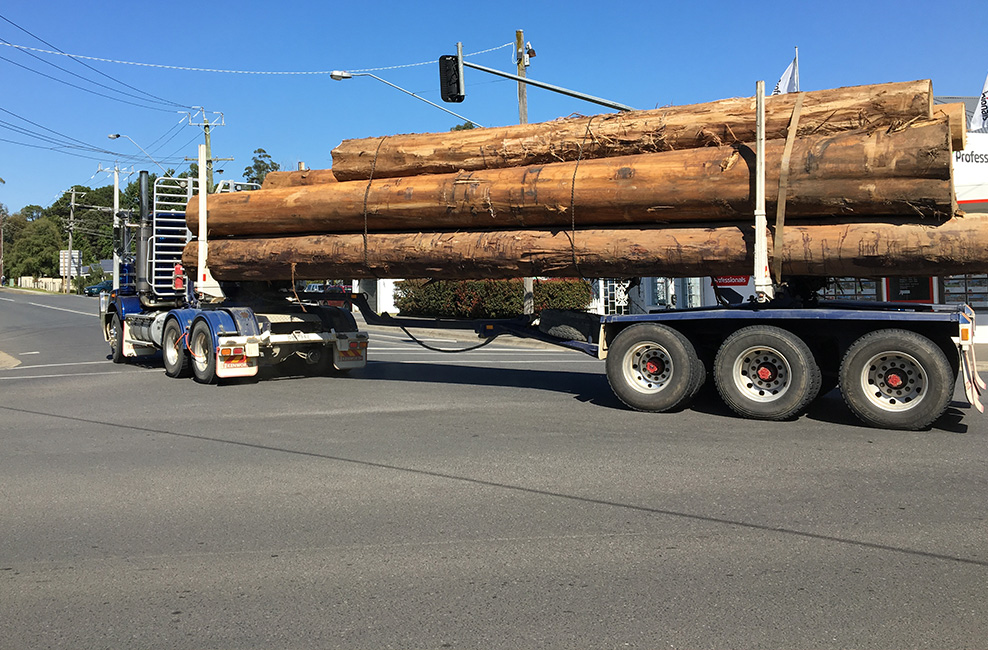Whether its solid wood furniture or wood-based panel cabinets; the future of the furniture industries in whatever part of the market you operate, is dependent on the supply of raw materials and this means, forests.
Over 32 million acres of forests are lost with every passing year. According to the UN (Food and Agriculture Organisation) this amount is 18 million acres and that agriculture is the leading cause of deforestation. Over the last 26 years the World has gone from 31.8% forest coverage to 30%. Australia has gone from 16.73% to 16.26% (World Bank) and we have seen a slight upturn in the amount of forests in this country. GreenFacts is an international website and they claim that the 30% figure was achieved over ten years ago so there is some discrepancy with the ‘facts.’ National Geographic says that if we continue to use forests at the current rate, all the world’s forests will disappear in 100 years.
Those opposing logging say this removes vital habitats for numerous plant and animal species, lowers carbon dioxide absorption and oxygen production, and increases the world’s collective carbon footprint. It is claimed almost as much CO2 is emitted during deforestation as by the world transportation industry. Forests convert carbon dioxide into oxygen and biomass; act as a carbon sink; aid in regulating climate and purify water and mitigate natural hazards such as floods.
Those for logging add other benefits besides wood for building and furniture. These include paper, packaging and medicines as some examples. Nat Geo say that in Malaysia and Indonesia, forests are cut down to make way for producing palm oil, which can be found in everything from shampoo to edible crackers (biscuits). Forestry also clears out land and reduces fuel for bushfires.
With the population of the Earth adding a further three billion people from 2000 to 2050 more forest will be at risk, mostly in African countries such as Nigeria; the Democratic Republic of Congo; Ethiopia; Uganda and Tanzania. Other high-population growth countries include India; Pakistan; Indonesia and the United States (UN projections).
The most endangered forest in the world is the Congo Basin Forest that covers six countries in Africa and contains 600 species of trees and 10,000 species of animals. This forest has suffered the highest deforestation in the globe as trees are cut for commercial purposes and cleared for farming. Next in line is the Mau Forest in Kenya. The Mau Forest has been threatened by human encroachment as the Kenyan population looks to acquire more land. Chile’s Valdivian rainforest comes in third place with wood pulp manufacturing and forestry as key offenders. Fourth is Sumatra’s Rainforest where half of has been destroyed as Indonesia’s economy benefits from legal and illegal logging and expanding oil palm plantations. Other endangered forests are in Papua New Guinea; Colombia; Madagascar; Sri Lanka and Malaysia.

